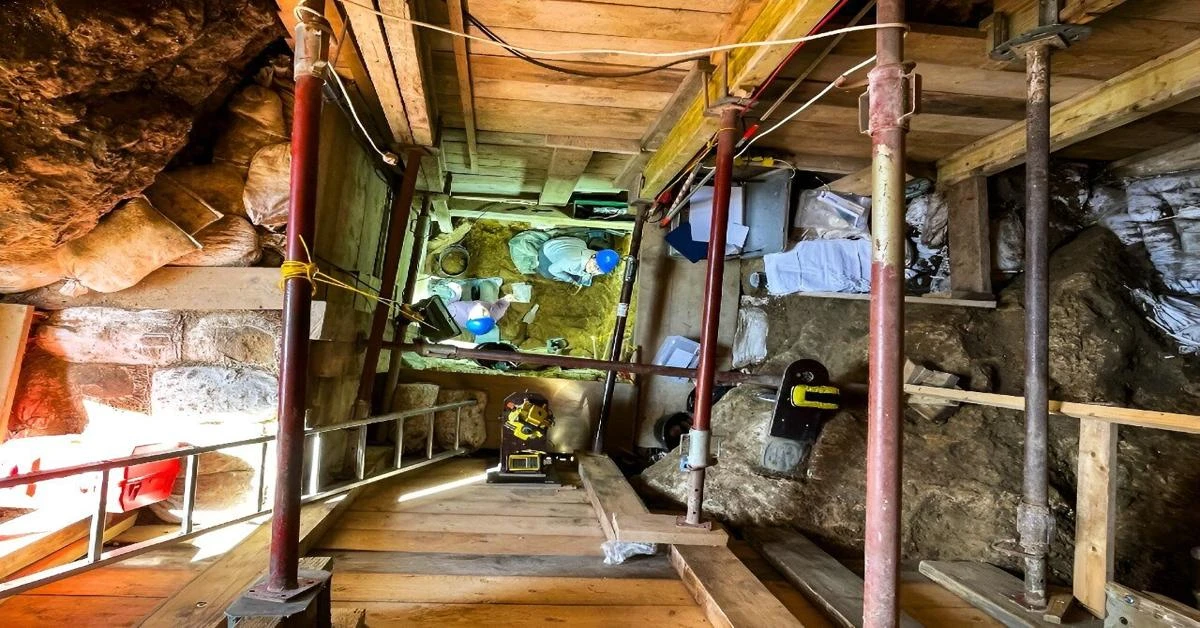Humans reached icy northern Europe 45,000 years ago

Humans had reached Northern Europe 45,000 years ago during the glacial period, as revealed by an international team of researchers analyzing archaeological and anthropological data
Scientists have found human bones and tools hidden behind a huge boulder in a cave in Germany, scientists said Wednesday, making it the oldest traces of humans ever discovered this far north.
The discovery was a “big surprise” as it means that more than 45,000 years ago, humans battled icy conditions to settle in northern Europe and may have lived in the north alongside different creatures.
French paleoanthropologist Jean-Jacques Hublin, who led the new research, told Agence France-Presse (AFP) that there was a “displacement phenomenon” of humans in Europe between the Middle Paleolithic and Upper Paleolithic periods.
Tools from the so-called “Lincombian-Ranisian-Jerzmanowician” (LRJ) culture, found at several sites north of the Alps, including in Britain and Poland, were particularly surprising, he said.
“We had to go 8 meters (26 feet) below ground and board up the walls to protect the excavation machinery,” Hublin said of the excavation work in the under-rock bunker, where certain excavations have taken place since 1930.
To determine which bones belonged to animals and which to humans, the team used a new technique called paleoproteomics, which involves extracting proteins from fossils.
Using radiocarbon dating and DNA analysis, they confirmed that the cave contained the skeletal remains of 13 people, meaning that the stone tools found in the cave were made by humans as long as 47,500 years ago.
Source: Newsroom



